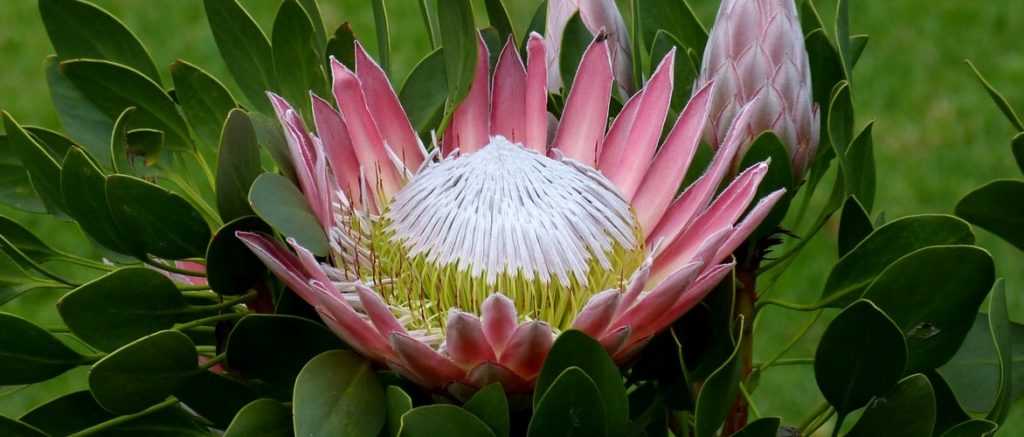
Planting and Growing Southern Hemisphere Plants
our tips for success
Contents
Southern hemisphere plants are exotic species adapted to warm, dry climates. Their foliage is often thick, colourful and graphic. Native to the southern hemisphere, most of them originate from Australia, New Zealand and South Africa. They allow you to create an exotic-style garden that transports you to faraway lands! What’s more, this type of garden requires little maintenance, as these plants are generally quite undemanding.
Which Australian plants should you choose?
Southern hemisphere plants encompass a very diverse range, united primarily by their climate and geographical origin. They belong to various botanical families. Among them are numerous Proteaceae (including Protea, Leucadendron or Grevillea), which offer spectacular blooms, some Agavaceae with highly architectural foliage (Cordyline australis, Dasylirion…), and even South African bulbous plants (for example, Watsonia or Eucomis).
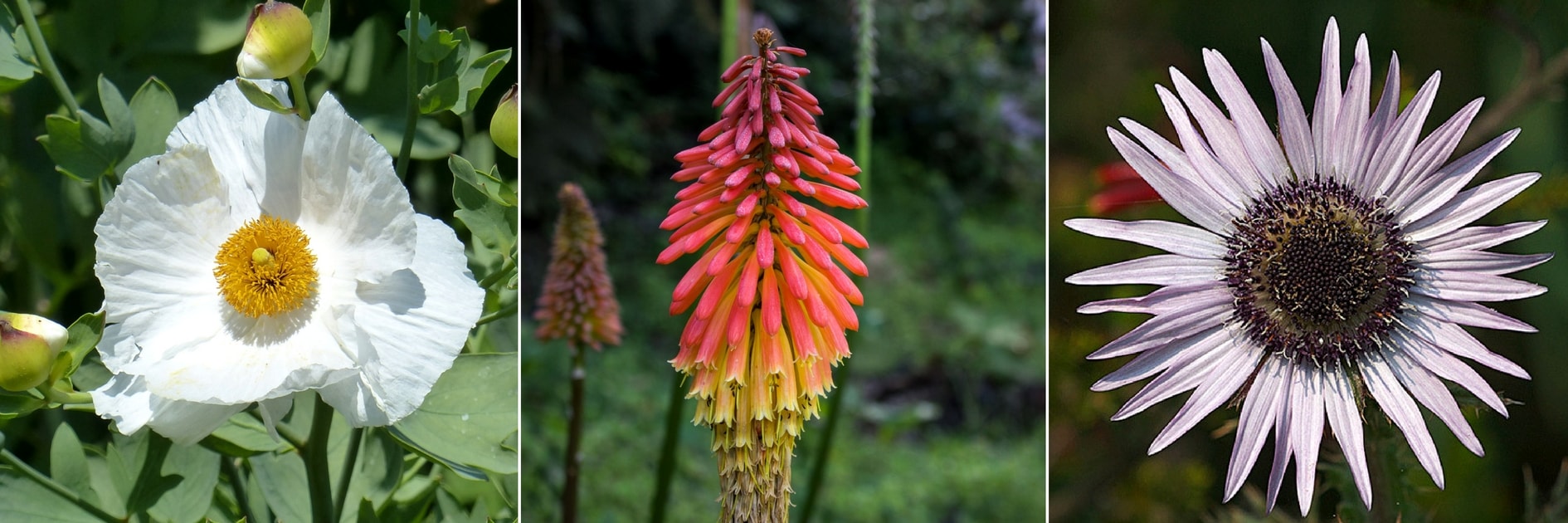
Romneya coulteri, Kniphofia and Berkheya purpurea
If you’re looking for exceptional flowering, choose Kniphofias, the Californian Poppy (Romneya coulteri) or Dietes grandiflora… Not forgetting Berkheya purpurea: a stunning South African thistle! Also enjoy the beautiful pink flowers of Anisodontea, a shrubby mallow that blooms abundantly from spring to autumn. Finally, be amazed by the flowering of Anigozanthos flavidus, a perennial native to southern Australia.
For architectural interest, take advantage of the long, thick foliage of cordylines, dasylirion or New Zealand Flax (Phormium tenax). Phormiums offer a wonderful diversity of foliage in warm, often variegated colours!
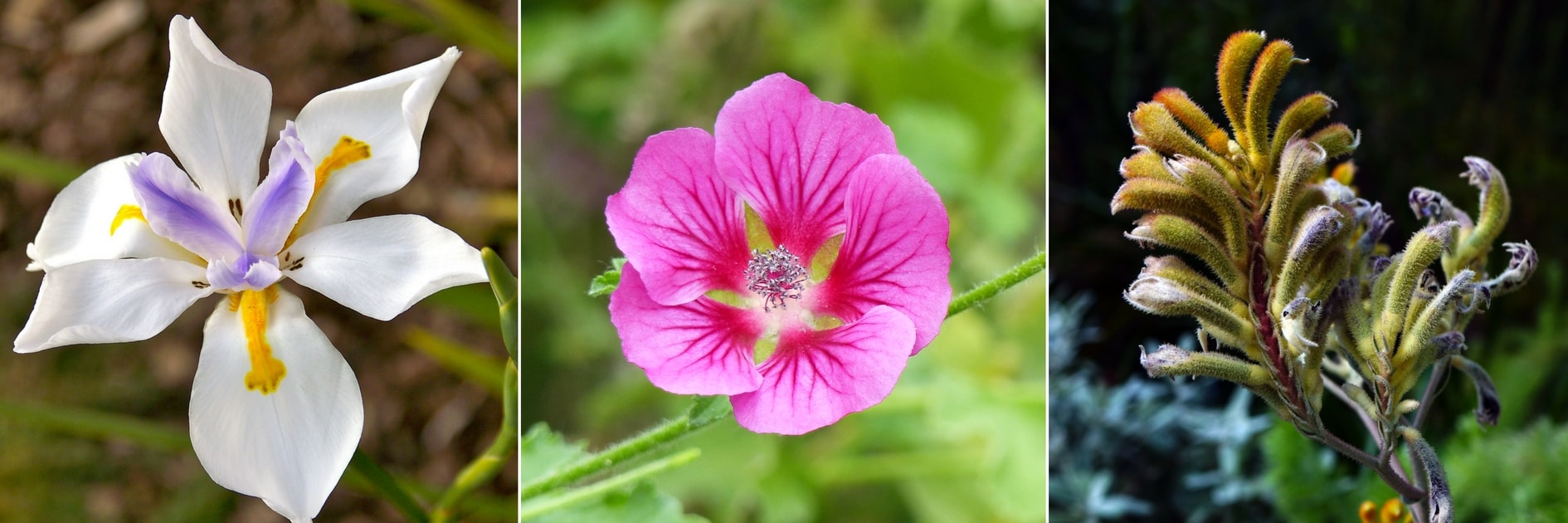
Dietes grandiflora, Anisodontea capensis ‘El Rayo’ and Anigozanthos
Among shrubs, you’ll find callistemons (also known as bottlebrushes) and grevilleas, with their unique blooms, as well as the lesser-known Leptospermum or Drymis.
Where to plant your Australasian plants?
Naturally thriving in warm, dry climates, Australian plants are ideal for coastal gardens. They appreciate mild winters and sunny exposures… They will thrive if you live by the Mediterranean! Plenty of sunlight will encourage their flowering. In harsher climates, some may need to be planted in pots and brought indoors for winter… Check their hardiness! Position them in a spot sheltered from cold and prevailing winds.
They prefer poor, well-draining soils. If your soil retains moisture, don’t hesitate to plant them at the top of a mound, where moisture will be minimal. Proteaceae prefer acidic soils, with a pH between 5.5 and 6.5. If growing them in pots, use a substrate made of heather soil mixed with a bit of perlite or pine bark. Do not add fertiliser when planting, as this could harm the plant’s development. The substrate must be very free-draining to ensure good root aeration and prevent waterlogging. Water with rainwater whenever possible.
How to plant Australian plants?
- Dig a planting hole two to three times the size of the pot.
- If your soil is heavy, you can add gravel to lighten it. For proteaceae, mix heather soil into the planting substrate.
- Place your plant in the centre, and don’t hesitate to slightly raise the crown to prevent water stagnation at this level.
- Fill in around the plant, then firm down and water.
- There’s no need to add fertiliser when planting.
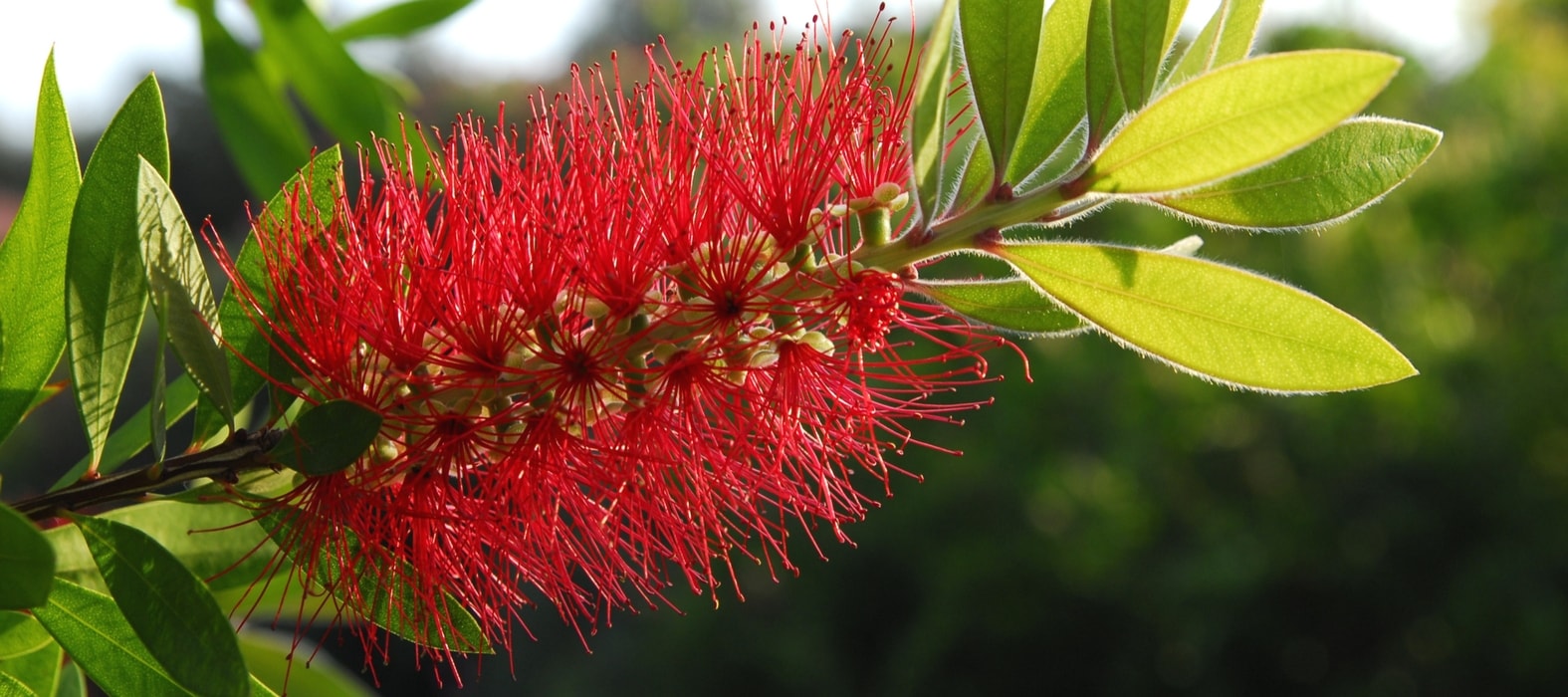
The inflorescence of a Callistemon or Bottlebrush.
And then...?
Accustomed to living in poor, dry soils, Australasian plants make do with very little! They require minimal maintenance and aren’t demanding when it comes to water or fertiliser. Bring the more tender varieties indoors for winter in a cold greenhouse or conservatory.
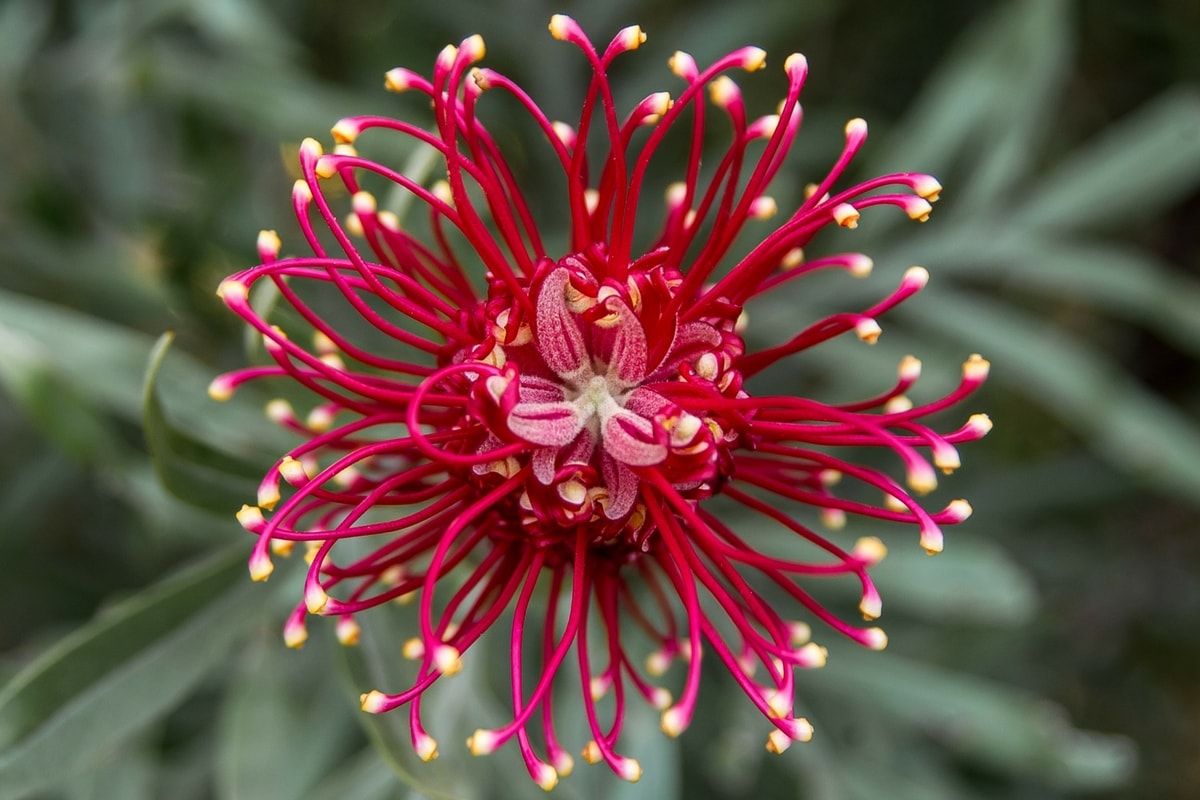
The inflorescence of a Grevillea!
- Subscribe!
- Contents

































